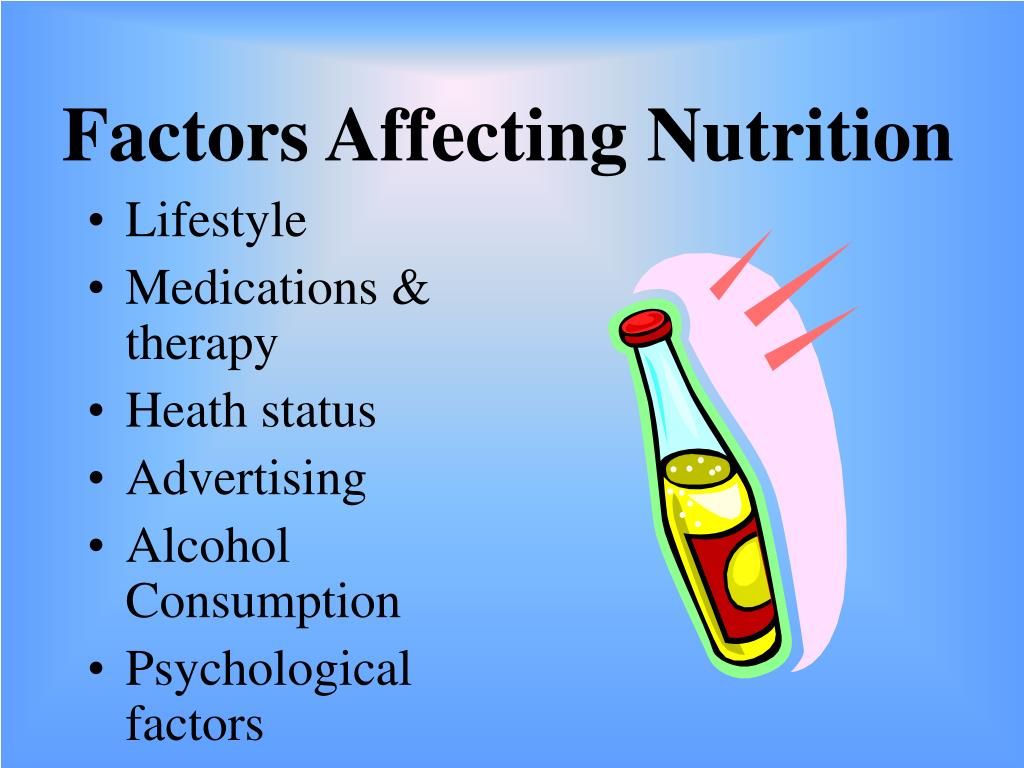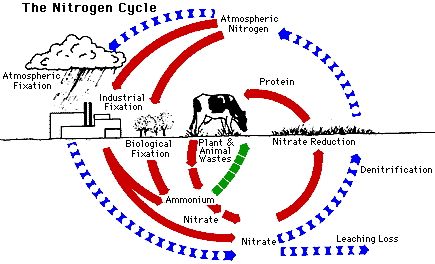Good nutrition is vital for leading a healthy life. It provides the body with essential nutrients, vitamins, and minerals necessary for growth, development, and overall well-being. However, access to nutritious food is not equal for everyone around the world, giving rise to a pressing issue: nutritional inequality. This article explores the reasons behind nutritional inequality, its impact on individuals and communities, and potential solutions to mitigate this growing concern.
Understanding Nutritional Inequality
Nutritional inequality refers to the unequal distribution of healthy and nutrient-dense foods among different populations. It stems from various factors, including income disparities, food availability, cultural preferences, and social inequality. In many low-income communities, access to affordable and nutritious food options is limited, resulting in diets that are high in processed foods, sugar, and unhealthy fats, leading to poor nutrition and subsequent health problems.
The Impact on Health and Well-being
Nutritional inequality has severe consequences for individual health and overall well-being. Lack of proper nutrition can lead to malnutrition, stunted growth, weakened immune systems, and increased susceptibility to diseases. Moreover, inadequate nutrient intake negatively affects cognitive development, academic performance, and productivity, perpetuating cycles of poverty and inequality.
Children, pregnant women, and the elderly are particularly vulnerable to the effects of nutritional inequality. Insufficient nutrient intake during early childhood can have lifelong consequences, impairing physical and mental growth and hindering educational achievement. Pregnant women lacking access to nutritious foods may experience complications during pregnancy and childbirth, impacting the health of both the mother and the child.
Nutritional inequality also contributes to the growing burden of non-communicable diseases (NCDs). In low-income communities with limited healthy food options, the consumption of processed foods high in salt, sugar, and unhealthy fats becomes the norm. This dietary pattern increases the risk of obesity, cardiovascular diseases, diabetes, and certain types of cancer, further exacerbating health inequalities.
Factors Contributing to Nutritional Inequality
Nutritional inequality is influenced by a variety of factors, including:
Socioeconomic Status: Low-income individuals often face financial constraints that hinder their ability to access nutritious foods. Fresh fruits, vegetables, and quality protein sources may be too expensive, leading to reliance on cheaper, less nutrient-dense alternatives.
Food Deserts: Some communities lack supermarkets or grocery stores that provide a wide range of fresh and healthy food options. This results in food deserts where residents must rely on convenience stores or fast food chains, further limiting access to nutritious choices.
Cultural and Social Factors: Dietary choices are strongly influenced by cultural practices and social norms. In some societies, traditional dishes may be high in calories or lacking in certain nutrients. Unhealthy food preferences and habits are often passed down through generations, perpetuating nutritional inequalities.
Educational Gaps: Limited understanding of nutrition and healthy eating can contribute to nutritional inequalities. Lack of education leads to poor food choices and an inability to make informed decisions about nutrition, perpetuating unhealthy eating patterns.
Potential Solutions
Addressing nutritional inequality requires a multi-faceted approach involving governments, NGOs, the private sector, and communities. Some potential solutions include:
Improved Food Access: Governments and community organizations can work together to increase the availability of affordable, nutritious foods in underserved areas. Initiatives such as farmers’ markets, community gardens, and mobile food markets can help bridge the food gap and ensure access to fresh produce.
Nutrition Education: Promoting nutrition education programs in schools and communities can empower individuals with knowledge to make healthier food choices. Teaching the basics of cooking, meal planning, and understanding food labels can help individuals overcome barriers to healthy eating.
Policy Change: Governments can implement policies that promote healthier food environments, such as regulating food advertising to children, improving school lunch programs, and implementing taxes on unhealthy foods. These measures can help shift consumer behavior towards healthier options.
Social Support: Creating support networks and community-driven initiatives can encourage healthier eating habits. Peer support groups, cooking classes, and community kitchens can foster a sense of belonging and provide resources for individuals to access nutritious foods.
Conclusion
Nutritional inequality is a complex issue that requires a comprehensive approach to address. Ensuring equal access to nutritious foods and promoting nutrition education are key steps towards mitigating the negative impacts of nutritional inequality. By working together at all levels, we can build a healthier, more equitable future where everyone has the opportunity to thrive through proper nutrition.










